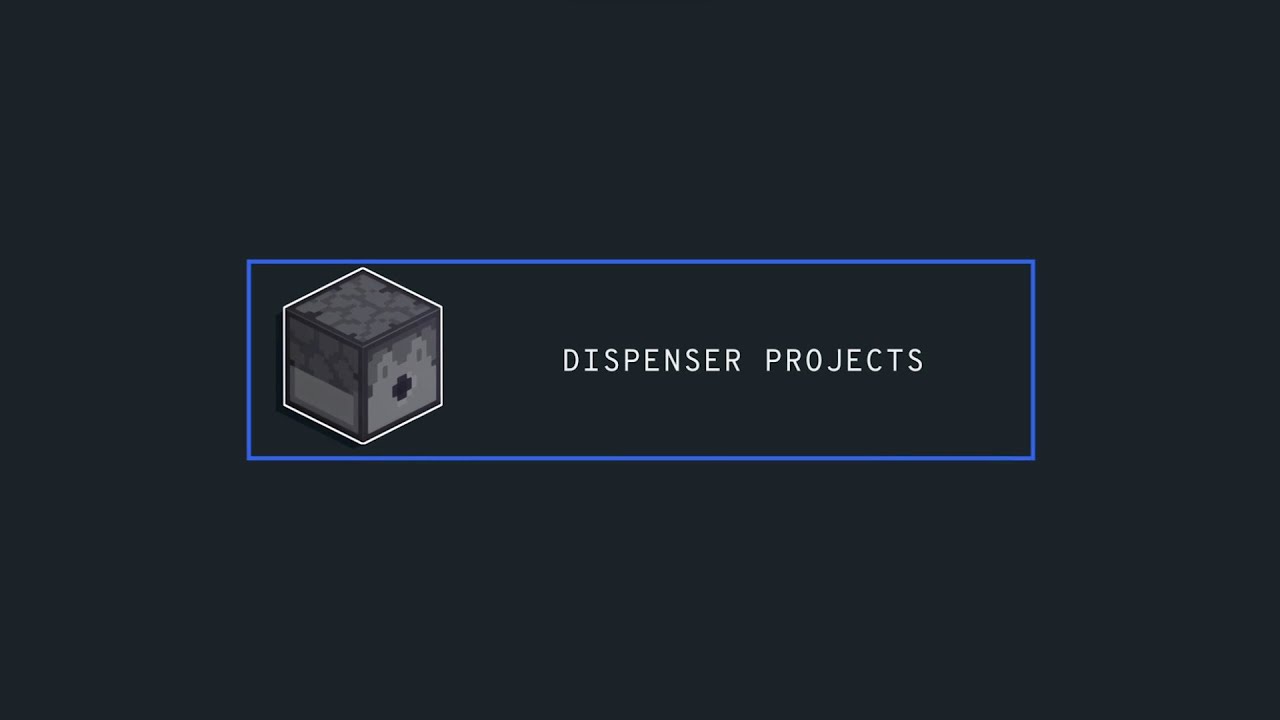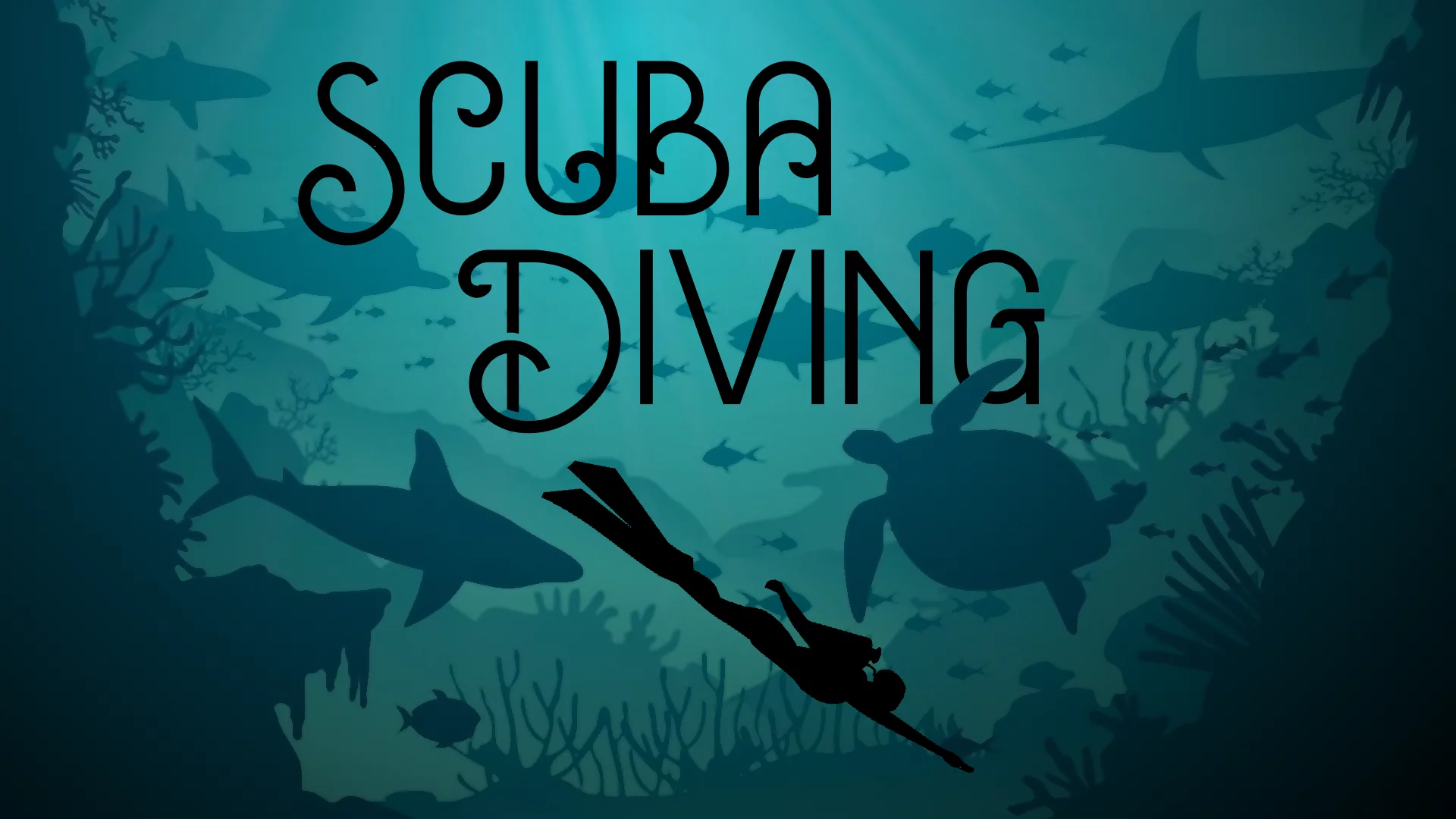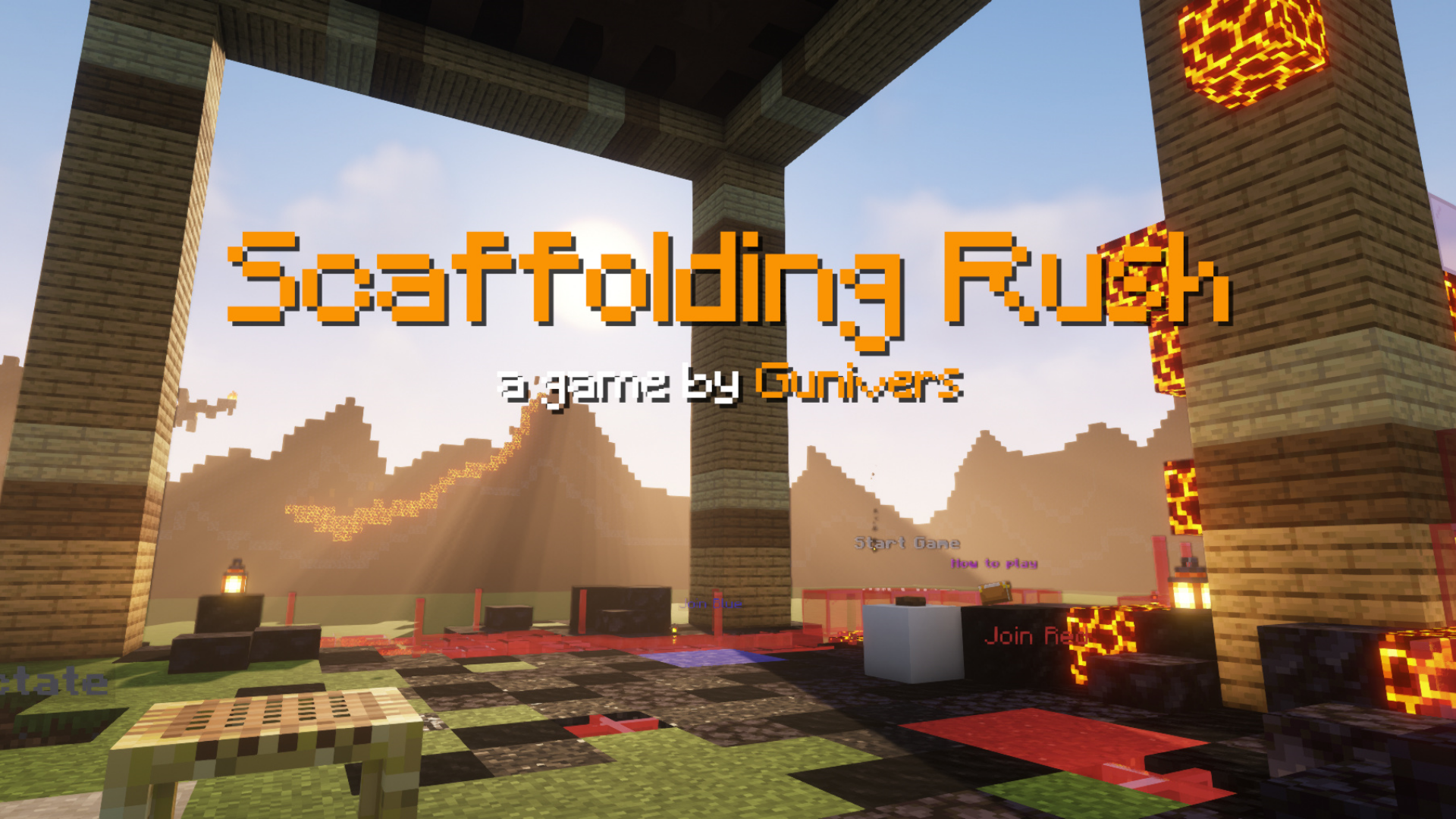
Mapmaking Guide: Development
The development aspect, although relatively hidden for most players, is an integral part of the creation in Minecraft. For some, this is a way to exploit the game from new angles, and for others it is a form of occult and terrifying magic, whose mere mention of the word “command” causes headaches.
In partnership with Minecraft-France.fr, we were able to develop a series of articles aimed at teaching development logic in Minecraft, using the commands offered by the game.

Simple
To all those who are tired of the many tutorials already existing: DO NOT FUY! This series will not aim to send you an indigestible list of complex commands by explaining them one by one (that’s too much to remember for our little human heads). We will try to teach you the mechanics and logic behind it. Logic to which, if you add a simple basic knowledge, a curious mind – and a little patience – will allow you to achieve just about everything you can imagine!
Complet
We’ll suggest you discover the various major elements of order development at the pace you want. This will be followed by appendices and bonuses for more information, not to mention some practical exercises to help you better understand the concepts mentioned. Be sure to do them quietly, with a rested head with a good beer (or a soda for the youngest) and ambient music: your learning will seem softer and more enjoyable.
Organisation du guide
This guide will be applied a special syntax to command patterns, for example:
/setblock <position> <type> </position>[blockState][NBT] [replace|keep|destroy]
Note: Everything that follows the first word of the command (here “setblock”) is called “parameters”.
Here is an explanation of the syntax used:
- <…> mandatory setting</…>
- […] Optional setting
[…|…] or <…|…> setting to choose from the different items specified, the bold element being the default item if the setting is optional.</…|…>
Sommaire
- Course 1: Control blocks and functions
- Course 2: Blocks and entities
- Course 3: The /execute
- Exercise 1
- Course 4: Tags and teams
- Course 5: Scores
- Bonus 1: The dichotomy
- Exercise 2
- Course 6: NBT
- Course 7: Handling NBT (Part 1)
- Course 8: Handling OF NBT (Part 2)
- Course 9: The JSON
- Exercise 3
- Course 10: Loops and Recursive
- Bonus 2: Orientation, position and trigonometry
- Course 11: Collaborative Development
- Exercise 4
Articles complémentaires
- Here are some items detailing how some orders work. We recommend that you consult them as you read the guide (not before, this might disturb you because these articles are made for people with a minimum of experience and/or knowledge in developing Minecraft commands).
- /data: https://www.minecraft-france.fr/commande-data/
- /execute: https://www.minecraft-france.fr/commande-execute/
- /forceload: https://www.minecraft-france.fr/tutoriel-la-commande-forceload/
- /team: https://www.minecraft-france.fr/tutoriel-la-commande-team-1-13/
- /bossbar: https://www.minecraft-france.fr/tutoriel-la-commande-bossbar/
You can find the orders that have not yet had an article on Minecraft-France on the Minecraft-Wiki page: https://minecraft-fr.gamepedia.com/Commandes#Liste_des_commandes
This page is aimed at an already experienced audience and serves as technical documentation.
Crédits
Editors
Leirof
theogiraudet
JeffWooden
Correctors
AZ
RedCoal
Staff de Minecraft-France
Thanks
We warmly thank the Minecraft-France team for spending time rereading and correcting the articles, and we especially thank Too-Muhtsh for the illustrations.







